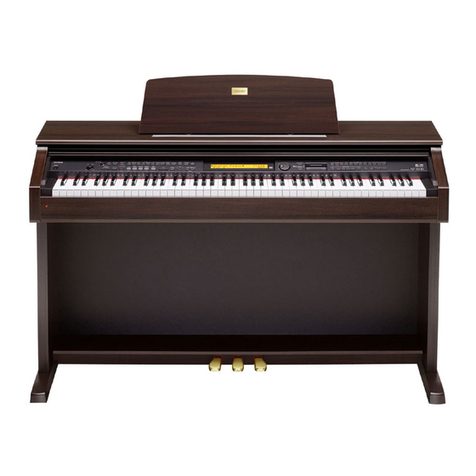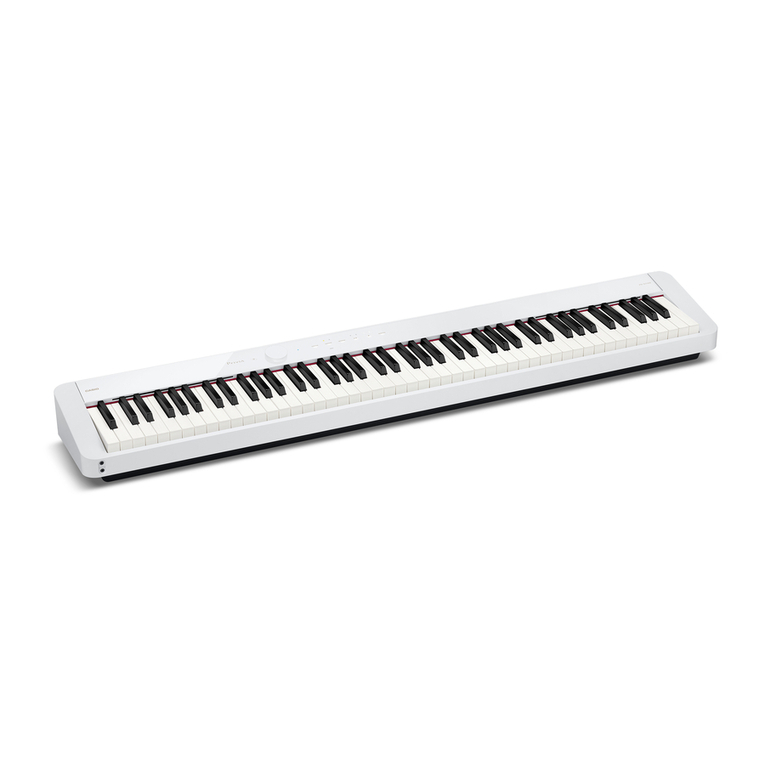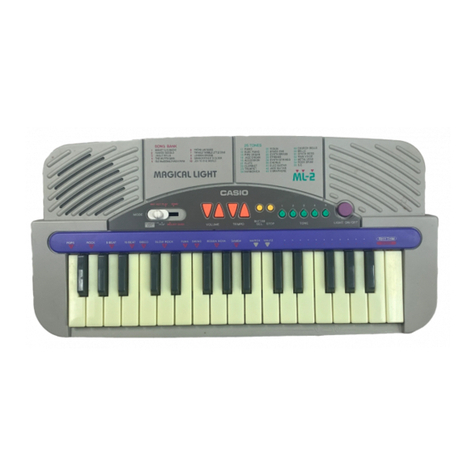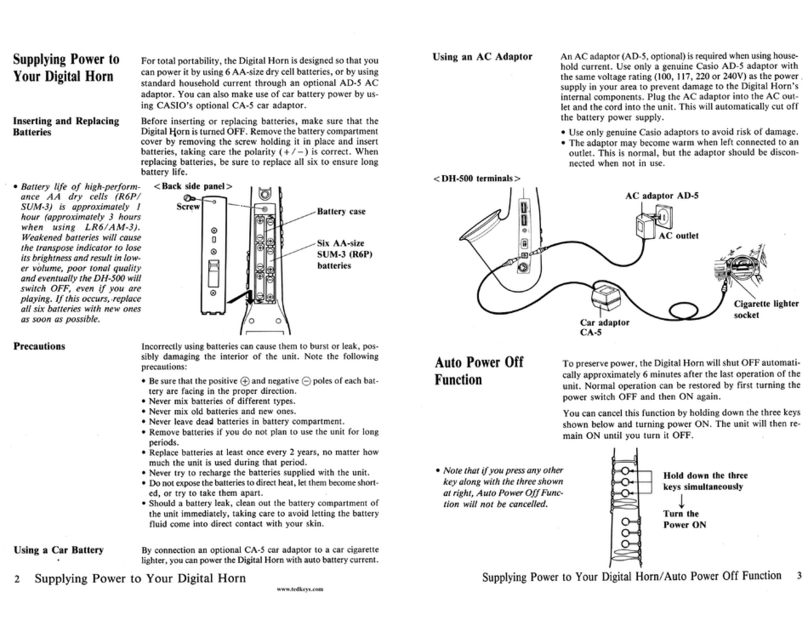Casio DG-10 Operator's manual
Other Casio Musical Instrument manuals
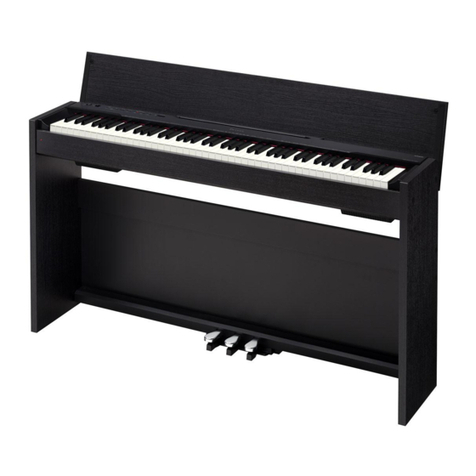
Casio
Casio PX830ES1B User manual
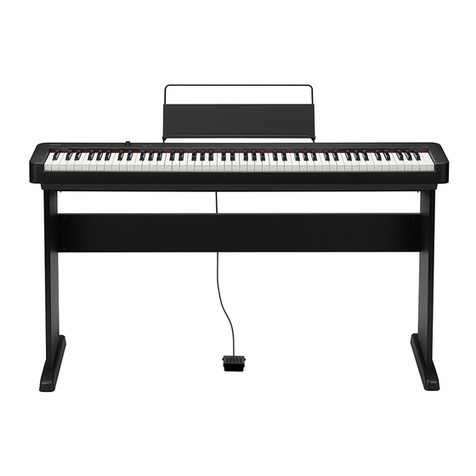
Casio
Casio CDP-S90 User manual
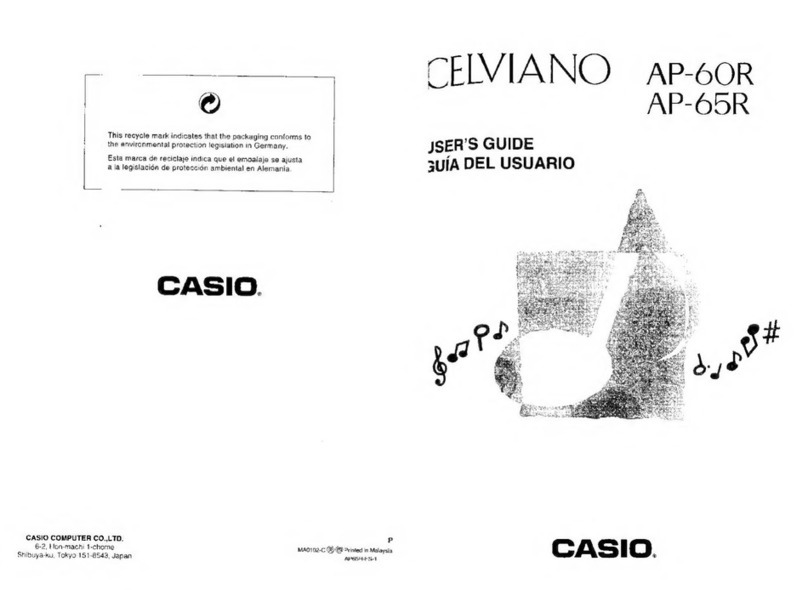
Casio
Casio CELVIANO AP-6OR User manual
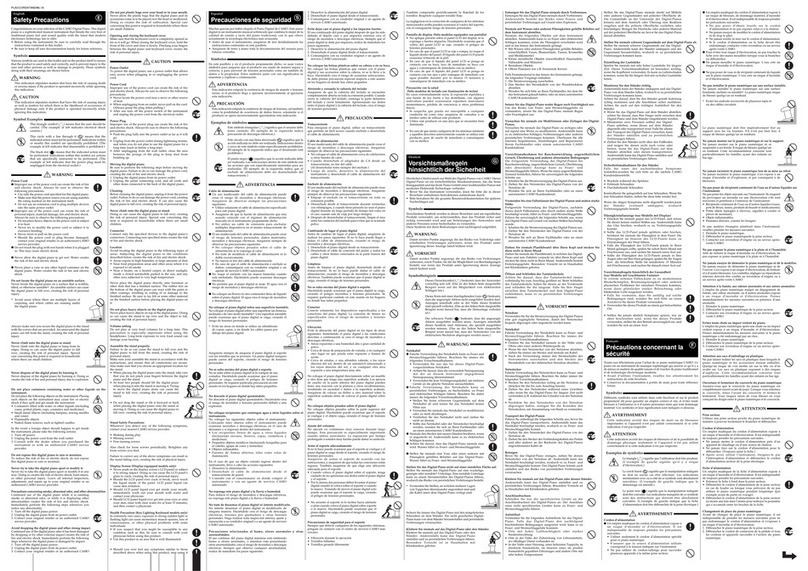
Casio
Casio Celviano AP-500 Installation instructions
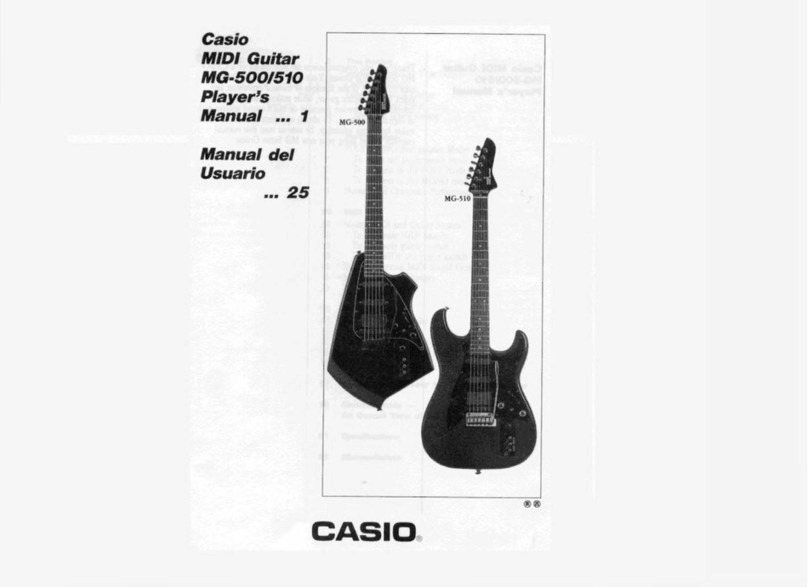
Casio
Casio MG-500 Operator's manual

Casio
Casio Casiotone CT-370 User manual
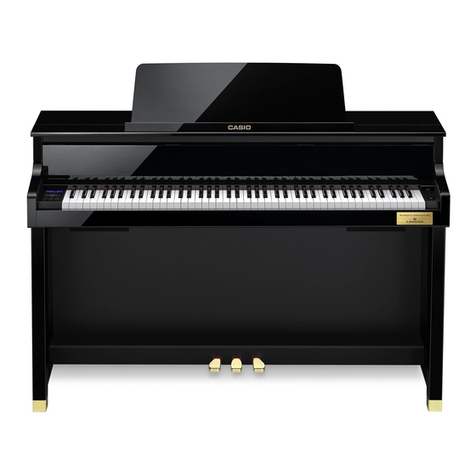
Casio
Casio CELVIANO GP-510 User manual

Casio
Casio CELVIANO GP-310 User manual
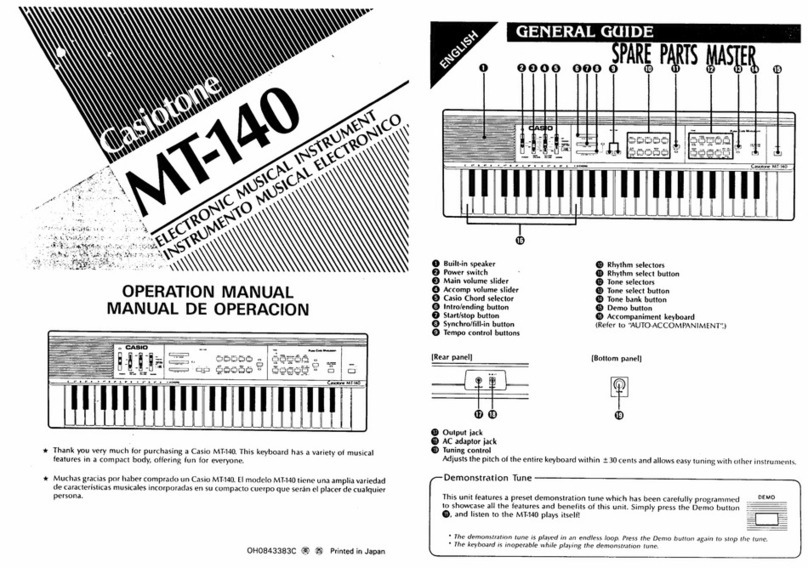
Casio
Casio Casiotone MT-140 User manual
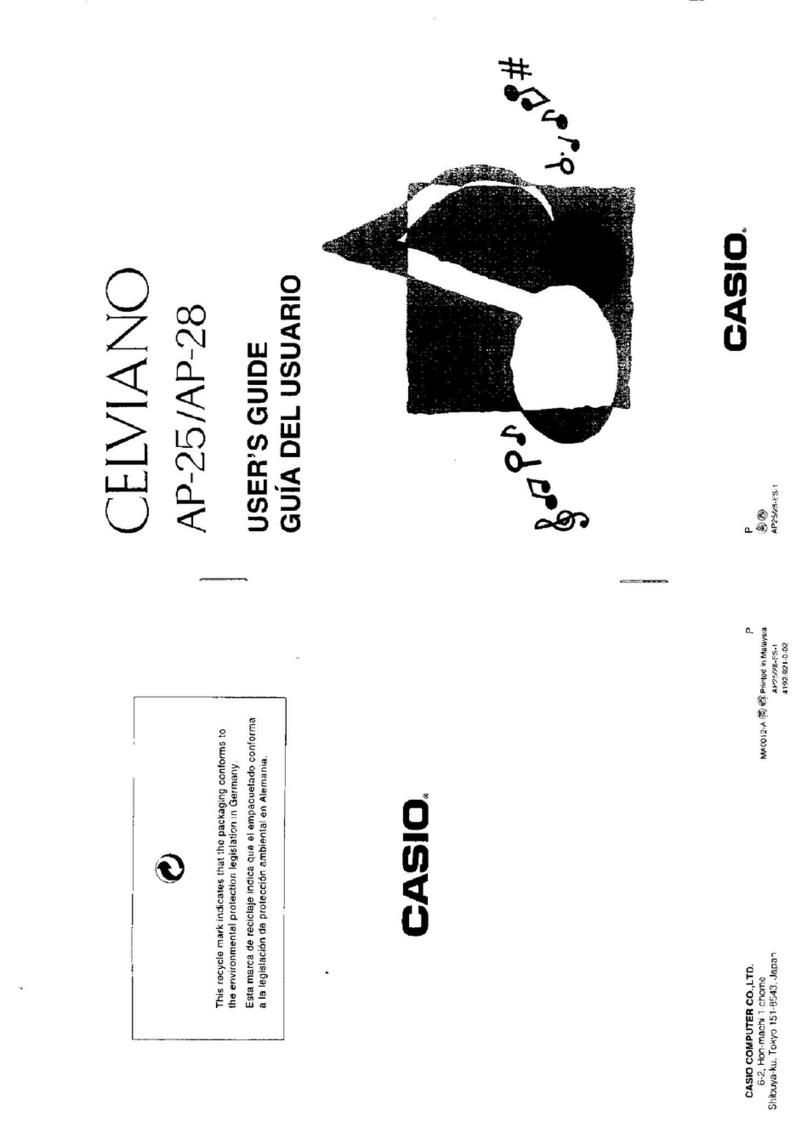
Casio
Casio Celviano AP-28 User manual
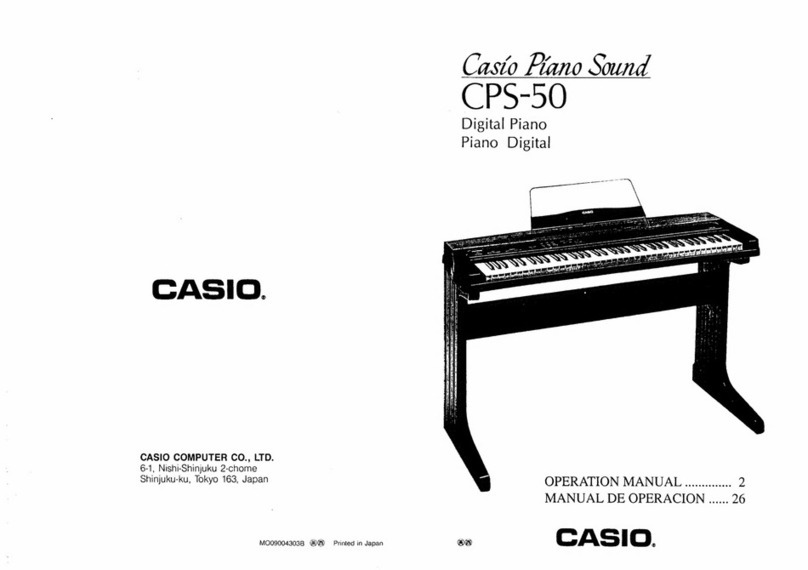
Casio
Casio Piano Sound CPS-50 User manual

Casio
Casio PX-350M User manual
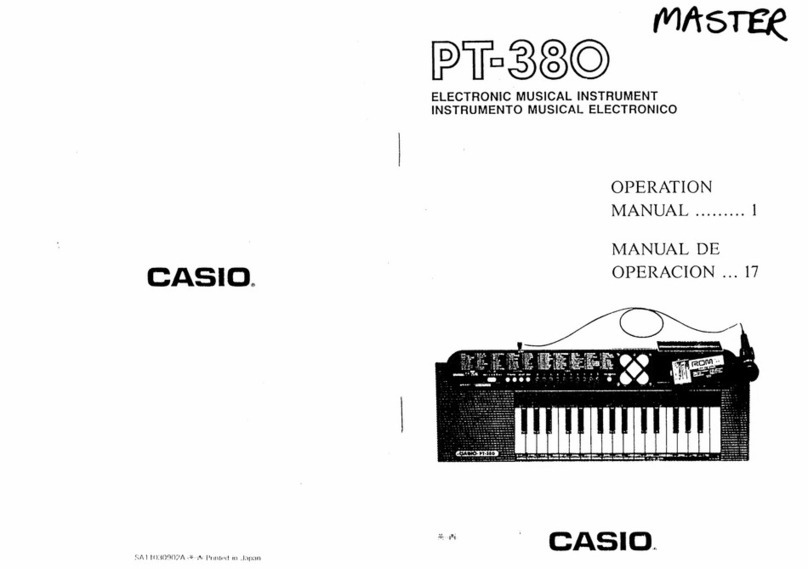
Casio
Casio MASTER PT-380 User manual

Casio
Casio TONE BANK CT-395 User manual
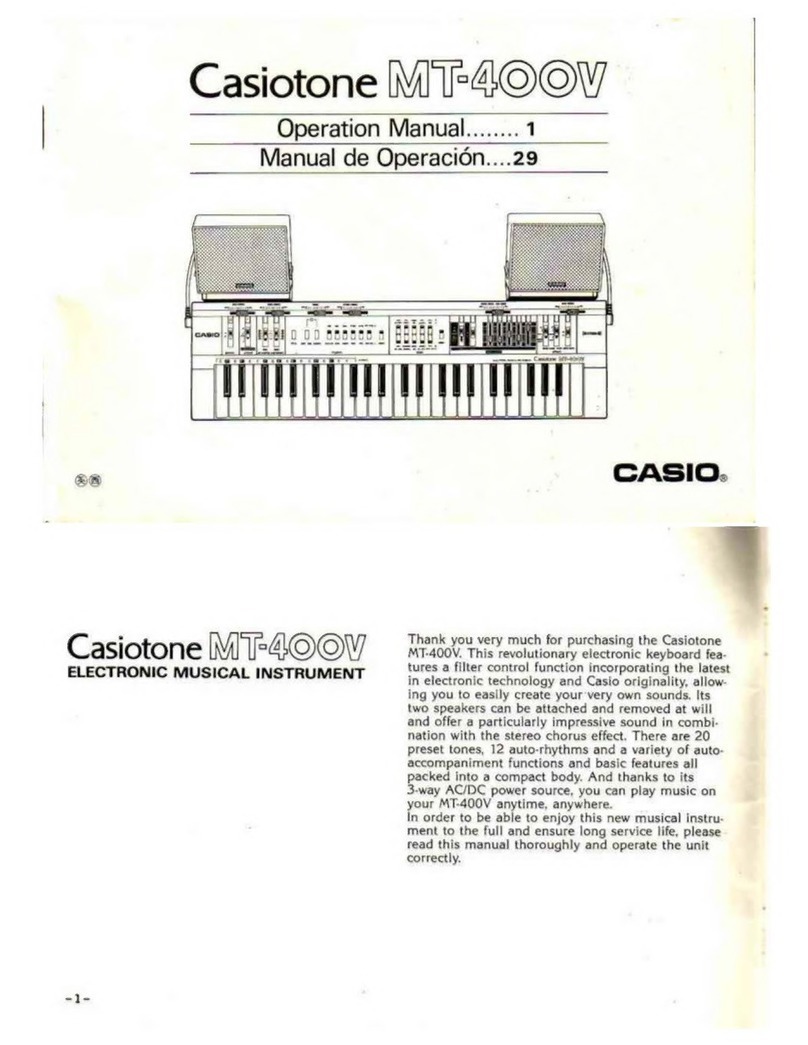
Casio
Casio Casiotone MT-400V User manual
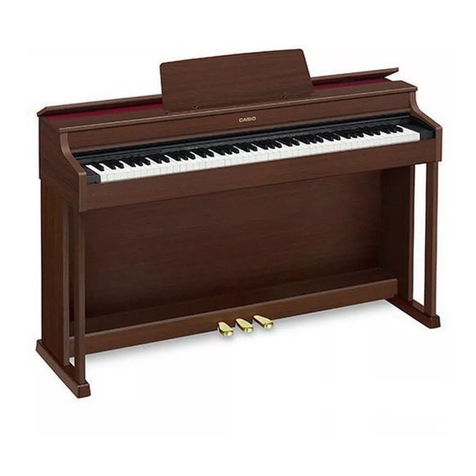
Casio
Casio Celviano AP-38 User manual
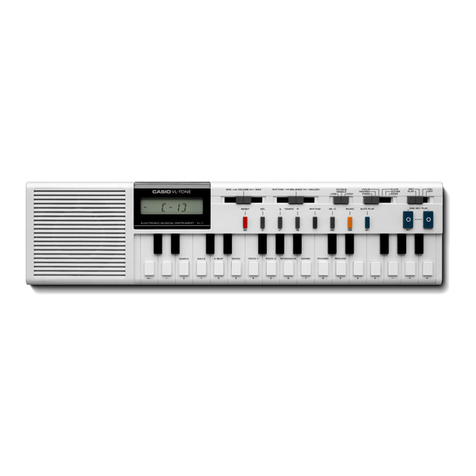
Casio
Casio VL-Tone VL-1 User manual
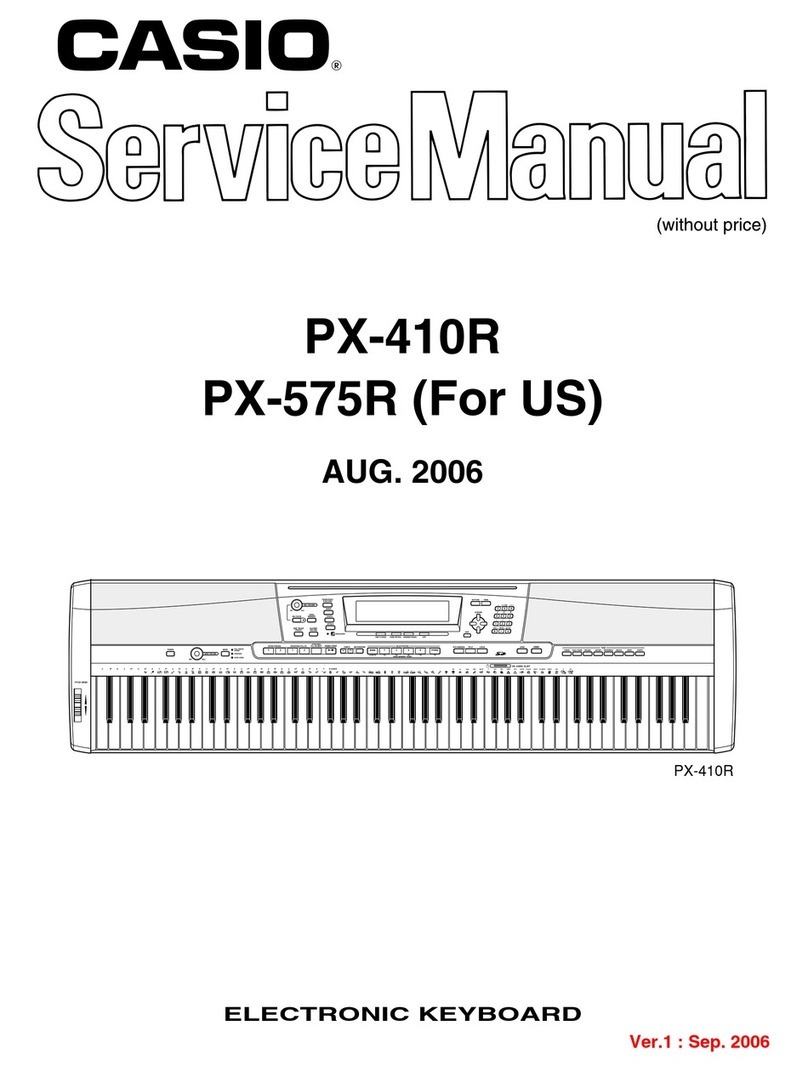
Casio
Casio Privia PX-410R User manual
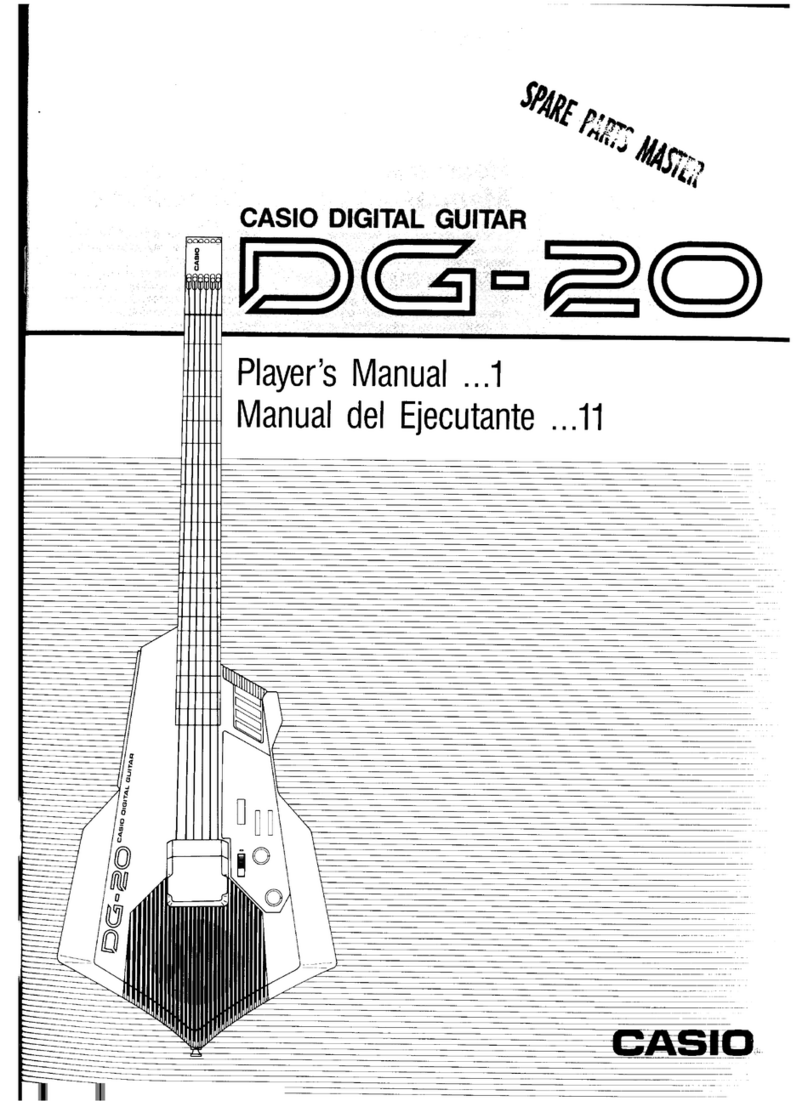
Casio
Casio DG-20 Operator's manual

Casio
Casio CTK-6250 User manual
